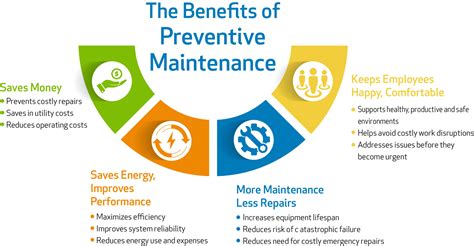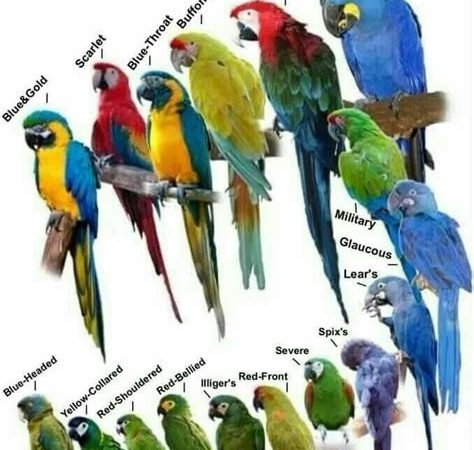Introduction
Cats are curious creatures that love to explore. But how can you give your kitty the freedom to come and go as they please without compromising your home’s security? Enter the cat door, a convenient solution that offers both access and protection. However, before making a decision, it’s crucial to weigh the pros and cons of this feline-friendly feature.

Cat Door Pros
-
Freedom and Independence: A cat door grants your cat the freedom to roam, explore, and relieve themselves whenever nature calls, without having to rely on you to open the door. This is especially beneficial for cats who spend time outdoors or for those who are home alone for extended periods.
-
Convenience: Cat doors eliminate the need to constantly open and close the door for your cat, making it easier for both you and your furry friend. This is particularly convenient during busy mornings, late evenings, or when you’re asleep.
-
Improved Behavior: Providing your cat with a designated exit can reduce anxiety and destructive behaviors caused by confinement. When cats have access to the outdoors, they are less likely to engage in scratching, excessive meowing, and marking territory within your home.
-
Fresh Air and Exercise: Cat doors allow your cat to get fresh air and sunshine, which is essential for their physical and mental well-being. Outdoor adventures provide opportunities for exercise, exploration, and mental stimulation.
Cat Door Cons
-
Security Concerns: Cat doors can be a potential security risk, as they provide a way for unwanted animals or intruders to enter your home. It’s important to choose a cat door with a secure locking mechanism and to install it in a safe location.
-
Temperature Control: Cat doors can disrupt the temperature balance of your home, allowing cold air in during winter and hot air in during summer. This can be a concern if your cat frequently uses the door.
-
Energy Efficiency: Cat doors can allow heat and air conditioning to escape, which can lead to increased energy consumption and higher utility bills.
-
Expense: Cat doors can be expensive to purchase and install, especially if you choose a high-quality model or require professional installation.
Factors to Consider
Before installing a cat door, consider the following factors:
- Your Cat’s Personality: Is your cat independent and adventurous, or does it prefer to stay close to home?
- Security Concerns: Do you live in an area with high crime rates or potential threats to your pet?
- Climate: Does your home experience extreme temperatures or drastic seasonal changes?
- Budget: How much can you afford to spend on a cat door and installation?
Addressing Pain Points
- Security Concerns: Choose a cat door with a locking mechanism and install it in a secure location, such as an interior wall or a room that is frequently occupied.
- Temperature Control: Consider installing a cat door with an insulated flap or a draft guard to minimize heat loss.
- Energy Efficiency: Look for cat doors with energy-efficient features, such as magnetic closures or insulated flaps, to reduce heat loss.
- Expense: Explore different cat door options and compare prices to find a model that fits your budget.
Table 1: Cat Door Types
| Type | Features |
|---|---|
| Flap Door | Simplest design, allows cats to push through a hinged flap |
| Magnetic Door | Uses magnets to hold the flap closed, preventing drafts |
| Electronic Door | Access controlled by a microchip or RFID tag |
| Motion-activated Door | Opens automatically when a cat approaches |
Table 2: Cat Door Security Features
| Feature | Description |
|---|---|
| Locking Mechanism | Provides a secure way to lock the door when not in use |
| Tamper-proof Design | Prevents cats from opening the door by pawing or biting |
| Install in a Secure Location | Mount the door in a wall or a well-lit and supervised area |
Table 3: Cat Door Energy Efficiency Features
| Feature | Description |
|---|---|
| Insulated Flap | Prevents heat transfer between the indoors and outdoors |
| Draft Guard | Prevents drafts from entering through the bottom of the door |
| Magnetic Closure | Keeps the flap securely closed when not in use |
Table 4: Cat Door Installation Tips
| Step | Tips |
|---|---|
| Choose a Location | Select a safe and accessible location, preferably on an interior wall or a room with frequent activity |
| Measure the Door | Take accurate measurements of your cat’s height and width to ensure the door is the right size |
| Cut the Hole | Use a jigsaw or other suitable tool to cut a hole in the desired location |
| Install the Door | Follow the manufacturer’s instructions for installing the cat door securely |
Conclusion
Cat doors can provide a convenient solution for giving your feline friend access to the outdoors while maintaining security. However, it’s important to weigh the pros and cons carefully and address potential pain points. By choosing a secure and energy-efficient model and installing it correctly, you can reap the benefits of a cat door while minimizing any drawbacks. Remember to prioritize your cat’s needs and consider their personality, security concerns, and budget when making a decision.





















